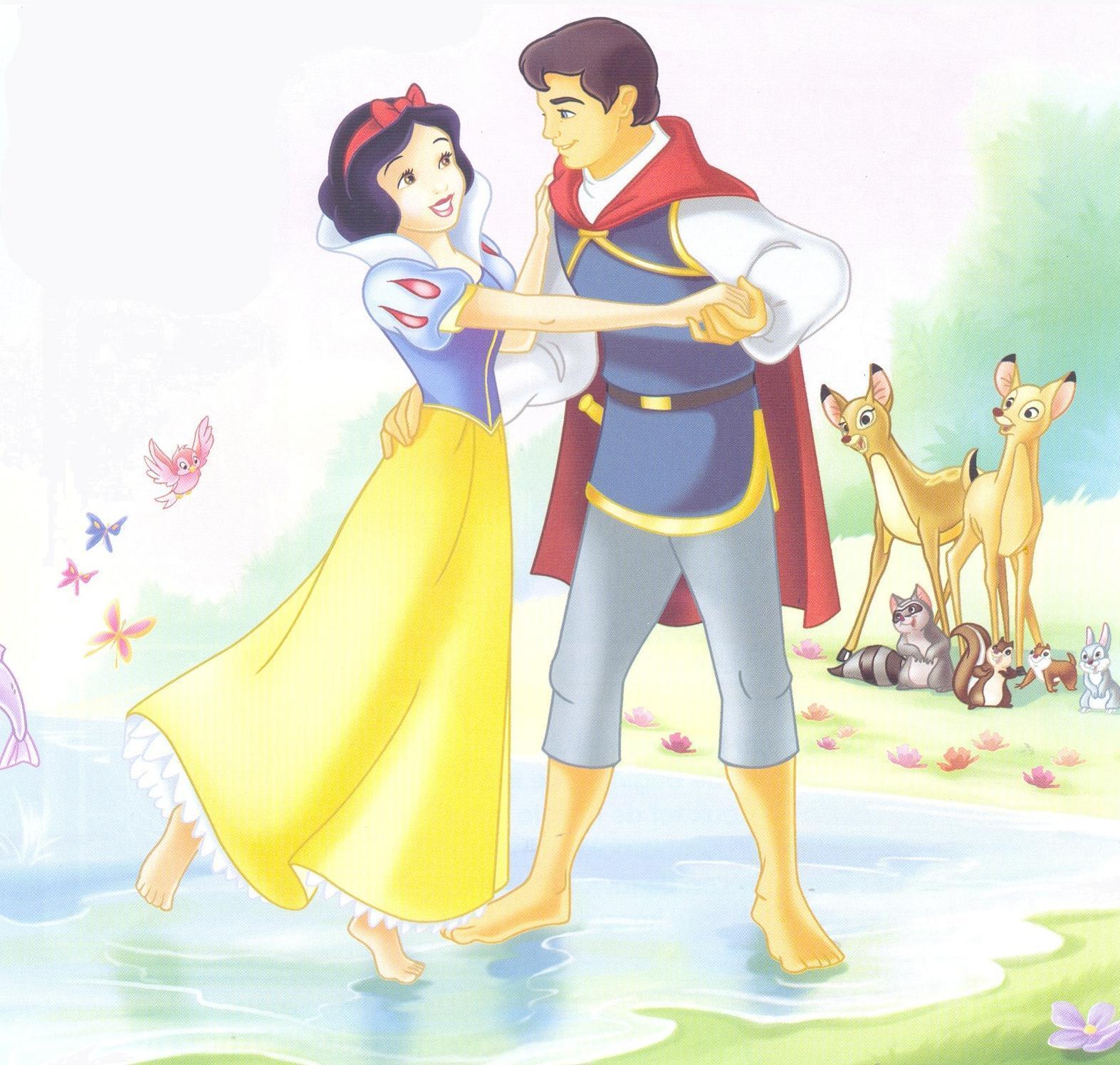 Snow White is actually an ancient fairy tale by the Brothers Grimm was mentioned in documents in 1812. It changes in other cultures, but the most famous version is probably now the Disney version.
Snow White is actually an ancient fairy tale by the Brothers Grimm was mentioned in documents in 1812. It changes in other cultures, but the most famous version is probably now the Disney version.Many fairy tales seem to be a simple children's story on the surface, but there are messages, morals and symbolism contained in the story. A closer look a Snow White are some messages that indicate that you have not noticed before. Much of the symbolism is Christian based and there are several parallel stories of the Bible. Other aspects of symbolism in traditional fairy tales are common stories tied.
The colors at the beginning of the story (skin as white as snow, lips red as blood, hair black as ebony) provides a direct indication that Snow White was a "coming of age" story. White represents innocence (birth), red represents life and passion, while black represents death. The story of Snow White begins with Snow White, a young girl in the original versions, and a rather naive young woman in the Disney version (the white phase). It teaches maturity through the film (red phase) and experiences of death (during sleep, as the state, the black phase).
The absence of his biological mother, it is possible for storytellers to introduce the role of wicked stepmother. The stepmother is a common element of many fairy tales: Snow White, Cinderella, Hansel and Gretel. The absence of a mother is also common to all, because if a mother were present, would not develop the series of events, because they are stories in which there is no maternal influence. People often of Walt Disney as a proponent of stories without mothers (it is true that many Disney movies do not have mothers) but Disney re-created classic stories where the mother was already dead, a part of history Development of the accused. This element of the narrative seeks to engage the sympathy of readers and does it very well.
The absence of his biological mother, it is possible for storytellers to introduce the role of wicked stepmother. The stepmother is a common element of many fairy tales: Snow White, Cinderella, Hansel and Gretel. The absence of a mother is also common to all, because if a mother were present, would not develop the series of events, because they are stories in which there is no maternal influence. People often of Walt Disney as a proponent of stories without mothers (it is true that many Disney movies do not have mothers) but Disney re-created classic stories where the mother was already dead, a part of history Development of the accused. This element of the narrative seeks to engage the sympathy of readers and does it very well.
The figure below is an example of Snow White


















-2010-(cover).JPG)


No comments:
Post a Comment